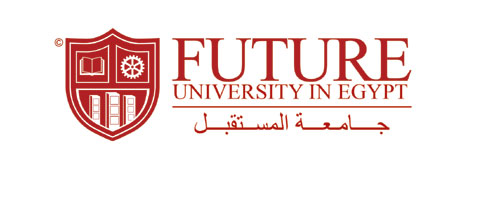- Course Code :
ECO 202
- Level :
Undergraduate
- Course Hours :
3.00
Hours
- Department :
Department of Public Administration
Instructor information :
Area of Study :
This course will discuss the importance of money and banking to economic activity on both the national and international level. The student will be able to identify the definition and functions of money, money supply and its determinants, demand for money as well as the use of monetary policy to achieve economic stability with special reference to Egypt as a case study. Students will get exposed to the evolution of commercial banking, deposit creation, the stock and bonds markets, and the reasons behind world financial crises. The course also includes the relationship between money and banking and Macroeconomic theory, concluding with the importance of money and banking in both international trade and finance.
Course Goals:
•Estimate macroeconomic variables such as Gross Domestic Product, GDP and CPI deflators, the present value of prices of stocks and bonds, balance of payments, and rates of return on equity.
•Explain economic issues related to the nature and key functions of the banking system.
•Develop analytical and research skills to understand the various financial risks confronting the sector, and means of managing such risks.
•Appraise the money supply process, and the monetary policy tools used.
•Distinguish between different branches of Economics and diverse economic tools keeping in mind the link between the interdisciplinary economic branches.
•Familiarize the students with the global financial crises, its main sources, and policies adopted by different developed and developing economies—lessons learnt.
•Link between mathematical expressions and money and banking schemes.
For further information :
This course is concerned with identifying the definition and functions of money, money supply and its determinants, demand for money, as well as the use of the monetary policy to achieve economic stability, with a special reference to the Egyptian case. It introduces students to the meaning and functions of the financial system, focusing on the banking sector with its different types, and regulations as well as linking between the inclusion of the financial system and the economic growth of the country.
For further information :
Books:
Periodicals :
1.Sahar Nasr, The Egyptian Banking System Post January 25th Revolution, Cambridge Business and Economics Conference (CBEC), University of Cambridge, 2011.
2.Sahar Nasr, Access to Finance and Economic Growth in Egypt, The World Bank, 2010
3.Sahar Nasr. Determinants of Banking System Soundness and Sources of Vulnerability, Oxford University, 2007.
4.The World Bank, Finance for All: Policies and Pitfalls in Expanding Access, The World Bank, Washington D.C. 2008.
For further information :
